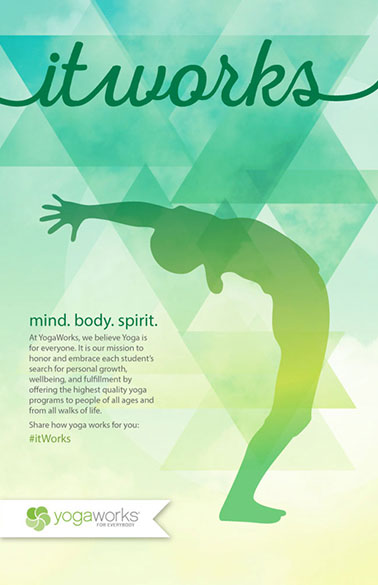Sound Baths Emerge as Gentle Tool for Stress Relief and Mental Clarity

Sound baths, a form of passive sound therapy, are gaining attention as a low-effort method to promote relaxation and emotional well-being. The practice involves lying down while a facilitator plays resonant instruments that produce overlapping vibrations. These sounds are designed to calm the nervous system and shift brain activity into more restful states.
Unlike music therapy, sound baths do not require active listening or emotional engagement. Participants are encouraged to simply rest and allow the tones to work on the body and mind.
How It Works
Sound baths operate on the principle of vibrational resonance. Instruments produce sound waves that interact with the body’s cells and tissues. This process, known as “entrainment,” helps synchronize the body’s rhythms with external vibrations, potentially leading to reduced stress and improved balance.
The sounds may activate the parasympathetic nervous system—responsible for rest and digestion—resulting in slower heart rates, relaxed muscles, and lower cortisol levels. Some studies also suggest that sound baths can shift brainwaves from active beta states to slower alpha, theta, or delta waves, which are associated with meditation and deep sleep.
Common Instruments Used
Sound bath sessions typically feature a mix of ancient and modern instruments, including:
- Tibetan singing bowls: Metal bowls that produce layered tones when struck or rubbed
- Crystal singing bowls: Made of quartz, these bowls emit pure, high-frequency sounds
- Gongs: Large percussion instruments that create deep, immersive vibrations
- Tuning forks: Used to deliver precise frequencies to specific areas of the body
- Koshi chimes and bells: Light, melodic tones that help balance the nervous system
- Shamanic drums: Rhythmic beats used in some traditions to ground and focus attention
Reported Benefits
While research is still developing, early studies and user reports suggest several benefits:
- Reduction in stress and anxiety symptoms
- Improved mood and emotional regulation
- Lower heart rate and blood pressure
- Enhanced sleep quality
- Relief from fatigue and mild physical discomfort
Sound baths are not a replacement for medical treatment, but they are considered a low-risk complement to other wellness approaches. Sessions are now offered in yoga studios, wellness retreats, and elder care facilities, often alongside meditation or breathwork.
As interest grows, researchers continue to explore which frequencies and instruments are most effective and how sound therapy might be integrated into broader health programmes.















